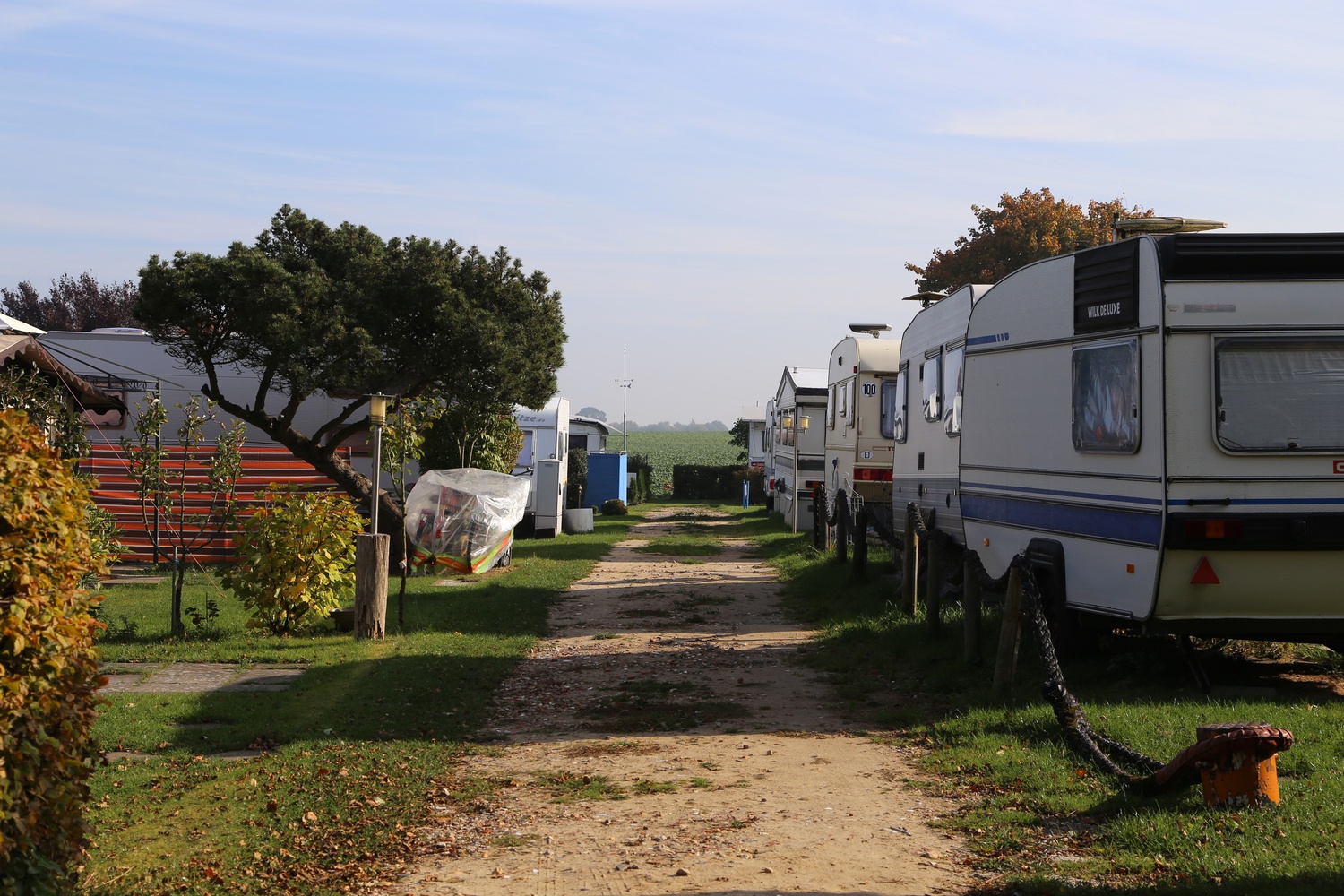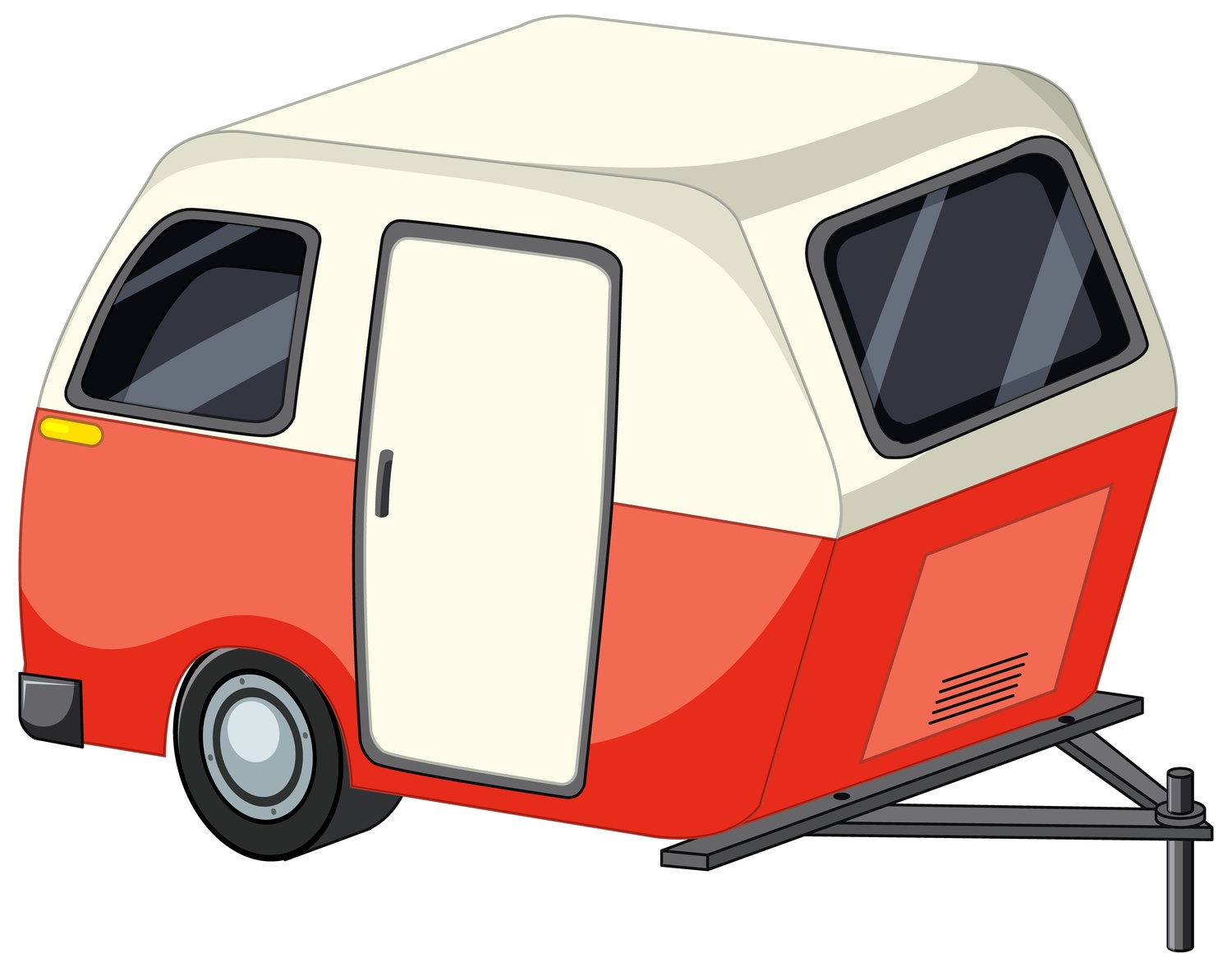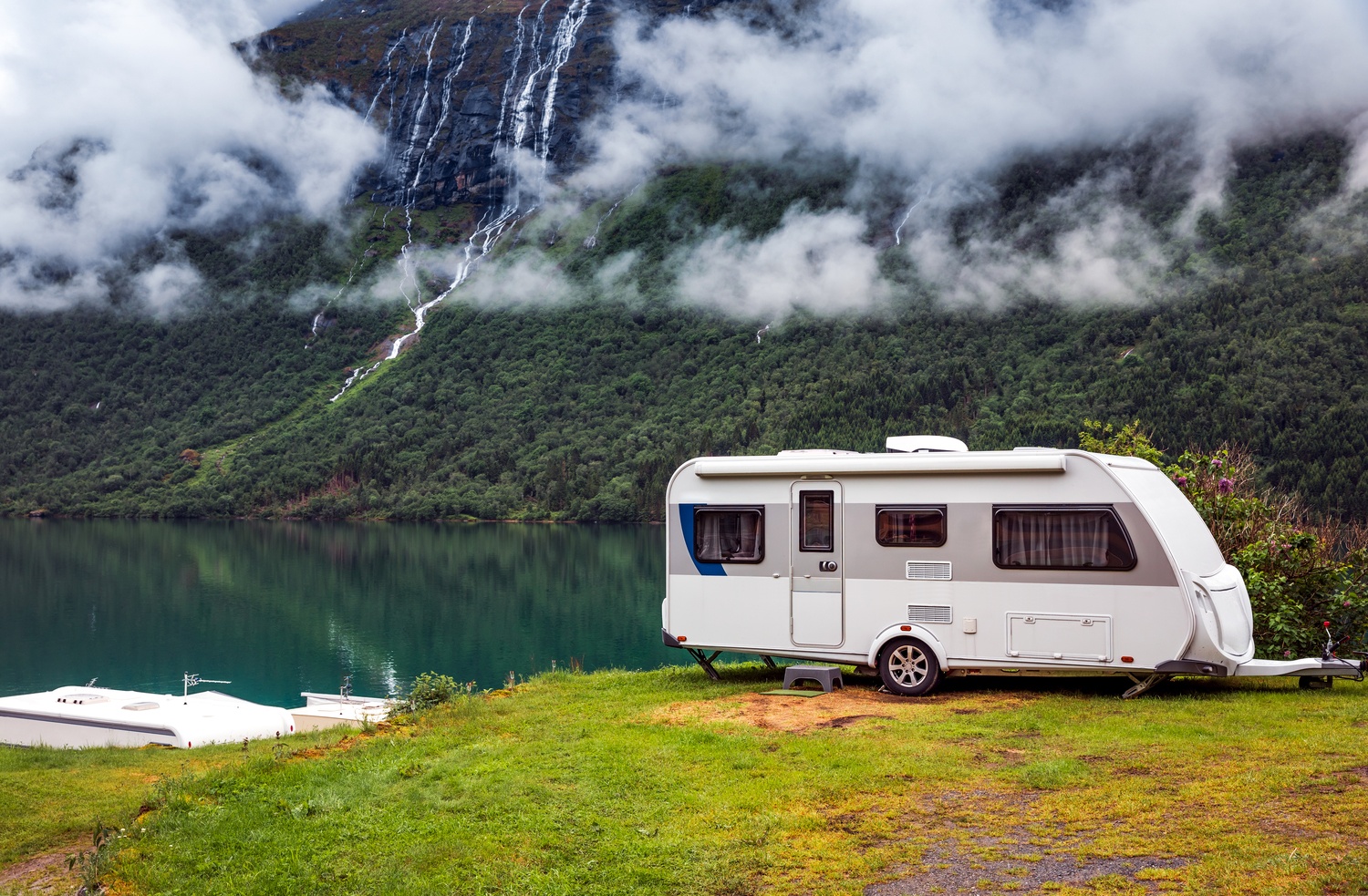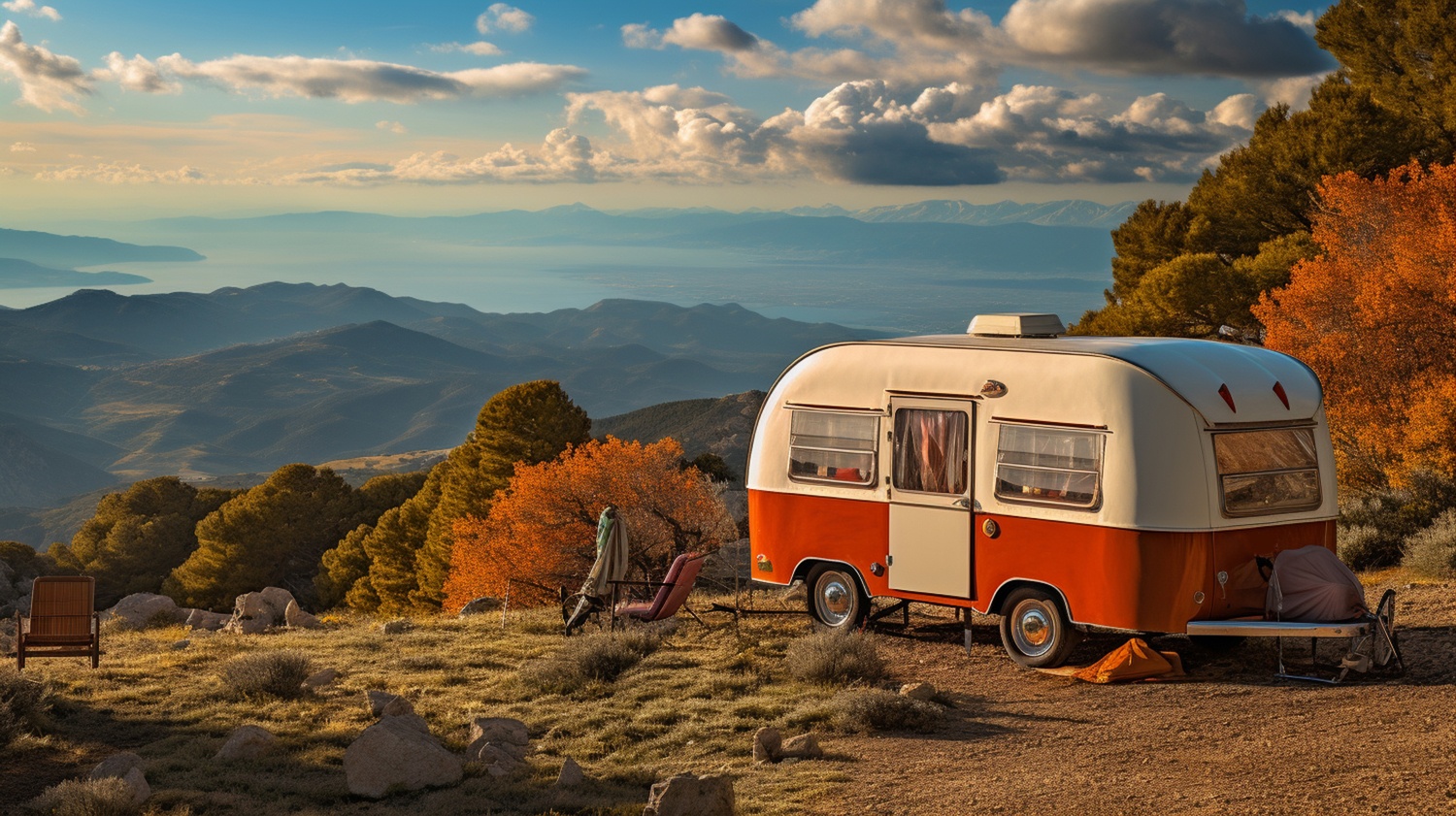Soundproof and soundproof your caravan – For a quieter and more comfortable journey
Soundproofing a caravan can significantly improve comfort both while traveling and when parked. Caravans are often built with thinner walls and simpler construction than motorhomes and homes, making them more susceptible to noise from the road, wind, and surroundings. By reducing both airborne and structure-borne noise, you can create a more relaxing environment, which is especially important for sleep quality and comfort during longer trips and camping stays.
Common noise problems in caravans
Sound in a caravan spreads in several ways:
Airborne noise
External noises, such as traffic, neighbors at the campsite, and weather conditions, penetrate through thin walls, windows, and doors.
Structure-borne noise
Vibrations from the road surface are transmitted through the chassis, wheel arches, and floor, which can be amplified by insufficient damping.
Resonance noise
Noise created by the caravan's own materials and construction can increase noise levels during hard braking or shaking while driving, for example.
To effectively soundproof your caravan, you need to use a combination of materials and techniques depending on where the noise problems are most noticeable.
Effective solutions for soundproofing a caravan
Dampen structure-borne noise in the floor and wheel wells
The floor is one of the biggest sound carriers in a caravan, especially when driving. By using vibration-damping materials, you can minimize sound transmission from the road surface.
Improve sound insulation in the walls
Since the walls of a caravan are often thin and made of lightweight materials, they do not function well as sound barriers.
Soundproof windows and doors – the weakest points in a caravan
Windows and doors are the most sensitive parts of a caravan when it comes to sound insulation, as they often have air gaps where sound can leak in and out.
Reduce noise from the roof and skylights
Roofs and skylights can be an unexpected source of noise, especially during rain and strong winds. By insulating the roof, you can effectively reduce the noise level.
Optimize sound insulation with the right installation and choice of materials
To achieve the best possible soundproofing, it is important to carefully identify the sources of noise and adapt the insulation methods accordingly.
Create a quieter and more comfortable caravan
By soundproofing your caravan with the right materials and placement, you can significantly improve the sound environment and enjoy a more relaxing experience both while driving and when parked.
The most important measures include:
- Dampen structure-borne noise with vibration-absorbing materials in the floor and wheel wells.
- Improve the sound insulation of the walls with sound-absorbing panels and polyester-based absorbers.
- Seal and soundproof windows and doors to reduce noise from the surroundings.
- Soundproof the roof and sunroof to reduce noise from rain and wind.
A well-insulated caravan not only contributes to a quieter and more comfortable journey, but can also improve energy efficiency by maintaining a more stable temperature. With the right measures, you can enjoy a more comfortable living environment, wherever your caravan takes you.










